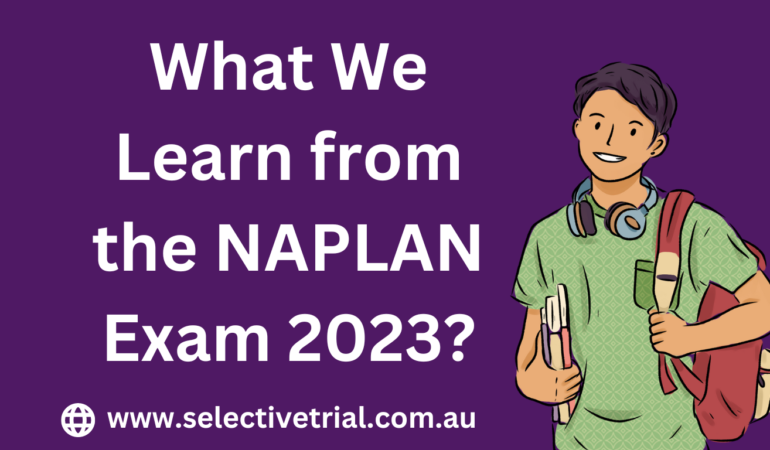In Australia, standardised tests are administered annually in May to students in years 3, 5, 7, and 9. These tests cover various subjects including reading, writing, numeracy, spelling, and grammar.
One of the notable strengths of the NAPLAN exam 2023 is its utilisation of a unified scoring system for each domain. This allows for the comparison of student achievements across different year levels, thanks to a shared learning progression applied to all NAPLAN text. Consequently, it becomes possible to analyse the learning progress of specific student groups as they advance through their schooling years.
What is the NAPLAN Exam 2023 Used For?
The benefits of NAPLAN are numerous. Here are a few of them-
- Policymakers will have a better understanding of the performance of students, resource allocation and support for schools, and inform system-wide policies.
- Parents are able to make more informed choices about where they can send their kids.
- Teachers make the most of the data as the diagnostic tool for improving their teaching activity in the classroom.
- Gives more information to parents about the progress of the child in comparison to others.
Based on the first pointer, here are a few things we know a lot more due to NAPLAN.
a. Achievement Gaps for Talented Students
Talented students stand out from other students. This is already known but NAPLAN helps us understand how large these gaps are.
Translating NAPLAN scores to equivalent year levels makes it easier to understand and compare performance across various student groups.
b. Progress Gap for Pupils in Disadvantaged Schools
Pupils who belong to disadvantaged schools tend to perform worse. By tracking a cohort of Victorian students across four of their NAPLAN tests, the size of the gap can triple, from 1 year and 3 months in Year 3 to 3 years and 8 months in Year 9.
c. Comparison Among Different States
The territories and states run school education in Australia. Different territories and states take on a separate approaches. Theoretically, it means jurisdictions will be able to learn from each other. However, this requires accurate comparisons, which take into account socioeconomic differences.
When evaluating student performance on a like-for-like basis, it becomes evident that comparable students achieve varying levels of attainment depending on their geographic location within Australia. Checking out the next level of details makes it clear that no territory or state cannot be complacent.
NAPLAN has been running for a long time now for identifying trends over time. To know more visit Selective Trial.
